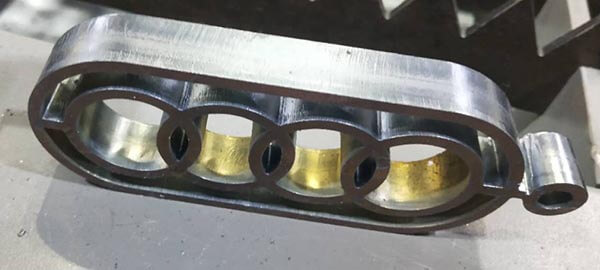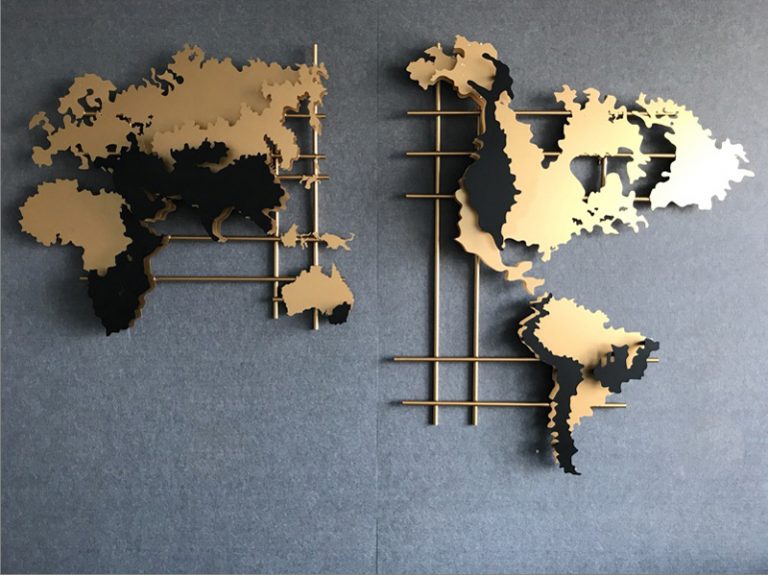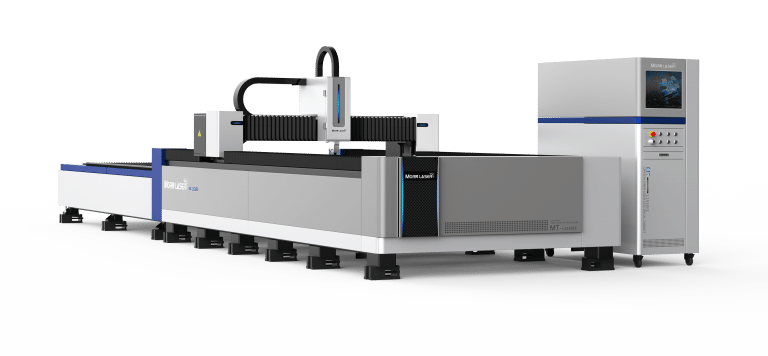Table of Contents
Laser welding technology
With the development of laser welding technology, its reliability, economy and durability have been further improved. Intelligent, digital laser welding technology and laser conform welding technology have been used in door and window manufacturing, sheet metal processing, electrical equipment, shipbuilding and nuclear energy engineering. Get more widely used.
Laser technology was developed by American scientists in 1960. The laser has high brightness and directionality, and is a new type of heat source; laser welding is currently the most promising welding technology. Compared with traditional welding methods, welding With better quality and higher efficiency, it is widely used in various processing and manufacturing industries.
High density and fast speed
The power density of laser welding technology can reach 106-108w/cm2, and the depth ratio can reach up to 10:1. During the welding process, the energy density is high, and small holes will appear in the material. The laser conducts through the small holes to the welding direction of the workpiece, and the horizontal There is less conduction, so in the laser welding process, the speed is faster and the energy is more concentrated.
Small input
Laser welding has small heat input, small heat-affected area and small welding distortion. Due to the high power density of laser welding, a very small amount of heat input can achieve good welding, so that the welding deformation of the heat-affected zone machine is small.
Mechanical properties of weld
The mechanical properties of the laser welding seam are good, and the mechanical properties are stronger than the base material. The welding seam has high strength, fast welding speed, narrow welding seam and good surface condition, eliminating the need for cleaning after welding.
Process parameters
Defocusing amount: Defocusing amount refers to the distance of the workpiece surface from the focal plane. The position of the interchange directly affects the pinhole effect during tailor welding. There are two defocusing methods: positive defocus and negative defocus. The focal plane on the workpiece is divided into positive defocus, otherwise it is negative defocus. When the positive and negative defocus amounts are equal, the power density of the corresponding planes is approximately the same, but the actual molten pool shape obtained is different. Under negative defocusing, greater penetration depth can be obtained, which is related to the formation process of the molten pool. Experiments show that when the laser is heated for 50-200us, the material begins to melt, forming liquid metal and partially vaporizes, forming high-pressure steam, and Jet at a very high speed, emitting a dazzling white light. At the same time, the high concentration gas moves the liquid metal to the edge of the molten pool, forming a depression in the center of the molten pool. When the defocus is negative, the power density inside the material is higher than that on the surface, and it is easy to form stronger melting and vaporization, so that the light energy can be transmitted to the deeper part of the material. Therefore, in actual applications, when the penetration depth is large, negative defocus should be used, and positive defocus should be used when welding thin materials.
Power density: In laser welding, one of the most important parameters is power density. The higher the power density, the faster the metal will be heated to the melting point, and the welding can be completed properly. The focused spot diameter of the laser beam is closely related to the laser output beam mode. At the end of the mode, the smaller the focused photoelectricity, the narrower the weld and the smaller the heat-affected zone.
Pulse waveform: In laser welding, the pulse waveform is very important. When the laser is irradiated on the surface of the material, 70% to 80% of the laser power will be lost on the metal surface, and the reflectivity changes with the surface temperature. During a laser pulse, the metal reflectivity changes greatly, such as a sine wave, which is suitable for workpieces with fast heat dissipation, with small splashes but shallow penetration; square waves are suitable for workpieces with slow heat dissipation, with large splashes but large penetration.
Welding speed, welding speed determines the quality of the welding surface, penetration depth, heat-affected zone, etc. Generally, reducing the welding speed is used to improve penetration to extend the service life of the equipment.






